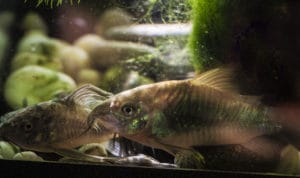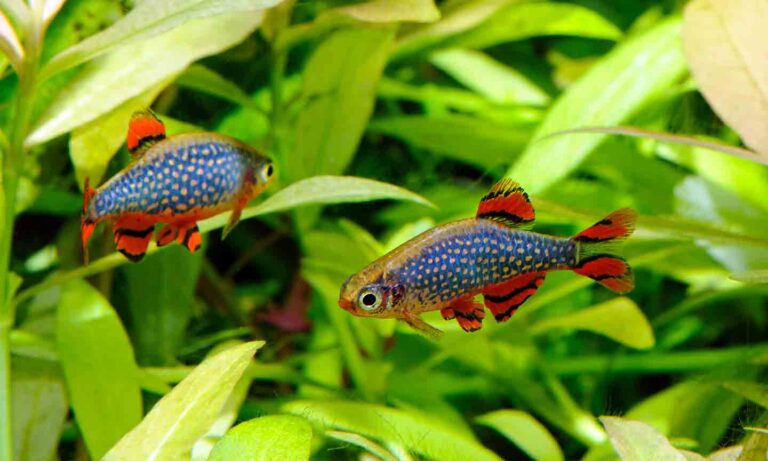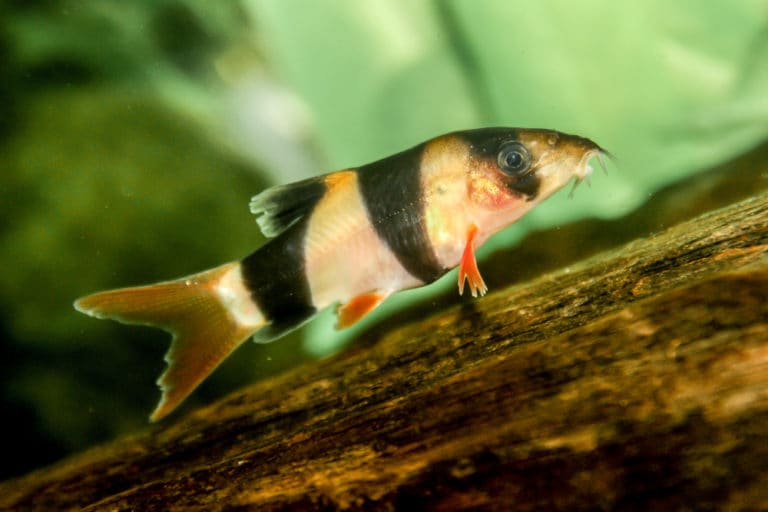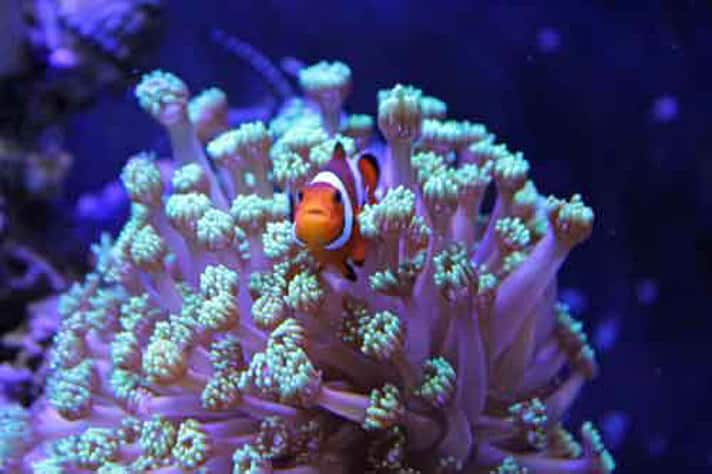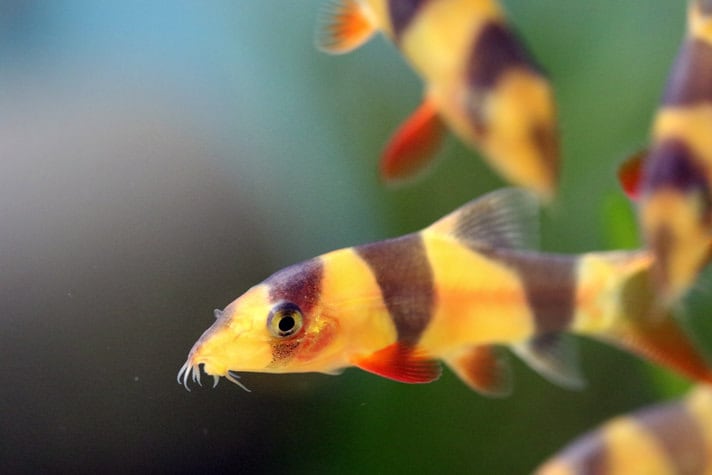Q.
After several years of keeping tropical fish, I began to feel that I understood reasonably well what fish could live together successfully. At least I no longer purchase small neon tetras to live with my adult freshwater angelfish. Recently I’ve taken a great interest in catfish of all kinds. Quite frankly, I feel like a beginning aquarist all over again. If the catfish get along with my other tropical fish, they don’t get along with each other and vice versa. How can I tell what fish are going to be compatible? The method I’m currently using of course, missing fish or dead (sometimes near dead) catfish, is clearly not satisfactory. Help!
A.
Isn’t the tropical fish hobby always a challenge? Seriously, I can understand your frustration. It’s reflected in many of the letters I receive. So where do I begin? My first thought is fish aquarium size. You didn’t mention what size aquarium you’re having your catfish problems in. This is a very important consideration with any territorial tropical fish, not just catfish. A problem in a 10-gallon or 20-gallon aquarium may not be a problem in a 55-gallon or 125-gallon aquarium
The need for space and/or territory is probably a basic animal instinct. (Have you ever felt the need to sit up straight in a crowded bus so as not to be touching the person sitting next to you?…episodic claustrophobia.) In the confines of an aquarium, it’s not easy for fish to avoid each other — the fish can only swim away so far. Providing sufficient hiding places, such as caves, aquatic plants, driftwood, flowerpots and pieces of PVC pipe, will add to the fish’s sense of security.
Many auchenipterids (driftwood catfish) and doradids (talking catfish) will “squeeze” together into the same refuge. I’d like to note that caution should be exercised in your choice of shelters. I learned this the hard way when I lost a beautiful black lancer (Bagrichthys hypselopterus) that became trapped in a commercially available plastic log. I knew, and the manufacturer knew, that fish were supposed to enter and leave the log from either end. The additional smaller holes in the log were for decoration or perhaps small fish. The black lancer didn’t know this and got his head and one pectoral fin through the small opening, with eventually fatal consequences.
It is best to provide more hiding places then you think you need, because not all catfish families are tolerant of members of their own species. A 220-gallon aquarium in my fish room has become too small to accommodate four Synodontis angelicus catfish that grew up together. After five years of compatibility, two of the fish had to be removed from the aquarium in an attempt to save their lives (one subsequently died). Bite marks were scattered on their sides, and in the vent area “chunks” of flesh had been removed by the dominant angelicus. Synodontis catfish have effective teeth and will use them!
Assuming that you can provide sufficient room for your new catfish acquisitions, what else must you consider? Tropical fish grow. This is certainly not a profound statement, but is the catfish a juvenile of a species that grows very large by aquarium standards? If so, it can and will grow very quickly. Uninformed aquarists can and do purchase these cute “little fish.” (Lee Finley, a fellow columnist, has a photo of a baby shovelnosed catfish, Trixie, given to me as a gift. In the photo is a ruler at the bottom of the aquarium, so there is no mistaking the size — a 3-inch catfish that easily grows to 3 feet.)
Of course, what we are ultimately talking about is compatibility. That is, the capacity to live together, not merely exist together. A major problem facing catfish enthusiasts is that their fish are primarily nocturnal by nature. You can purchase a new catfish, watch it all day long and see no problems in the aquarium. Catfish do their dirty work after the aquarium lights go out.
In addition, some catfish are predators. They make their living and thus survive by eating other fish. Most tropical fish are opportunistic feeders, eating anything they come across and can easily swallow. Predatory catfish, on the other hand, are almost exclusively fish eaters. A good rule of thumb when trying to decide about a catfish for your aquarium is that all catfish with long barbels are predators, but not all predators have long barbels.
Some catfish, when kept as lone specimens, never seem to thrive in the aquarium regardless of the amount of space you give them (i.e., the glass catfish, Kryptopterus bicirrhis) because they really only do well in a “school.” Place a half-dozen glass cats in an aquarium and you have active, diurnal, mid-water-swimming catfish. Even the ever popular Corydoras species of catfish, while not considered a schooling fish, are gregarious by nature. To be fully appreciated, these catfish should be kept as a group — different species will all school together.
Although this may seem too obvious, ask your aquarium dealer for advice. Give him or her enough information so that they can help you. Make your selections and then ask if there are going to be problems with the choices you made. Read about catfish. After a while, you’ll become more confident (and wiser) about your selections. I think you will find the diversity of catfish something that you’ll always enjoy.
Posted by: Chewy Editorial
Featured Image: Shutterstock/MDWines
Share:
